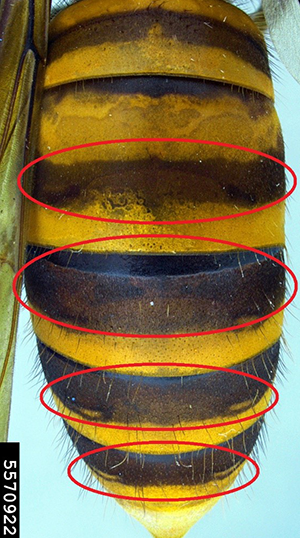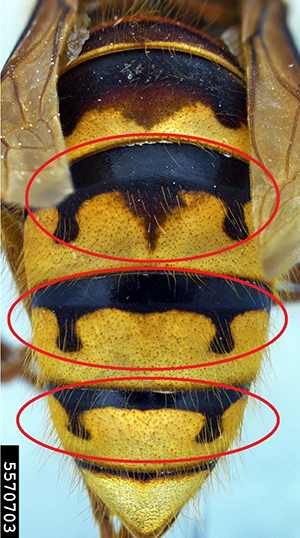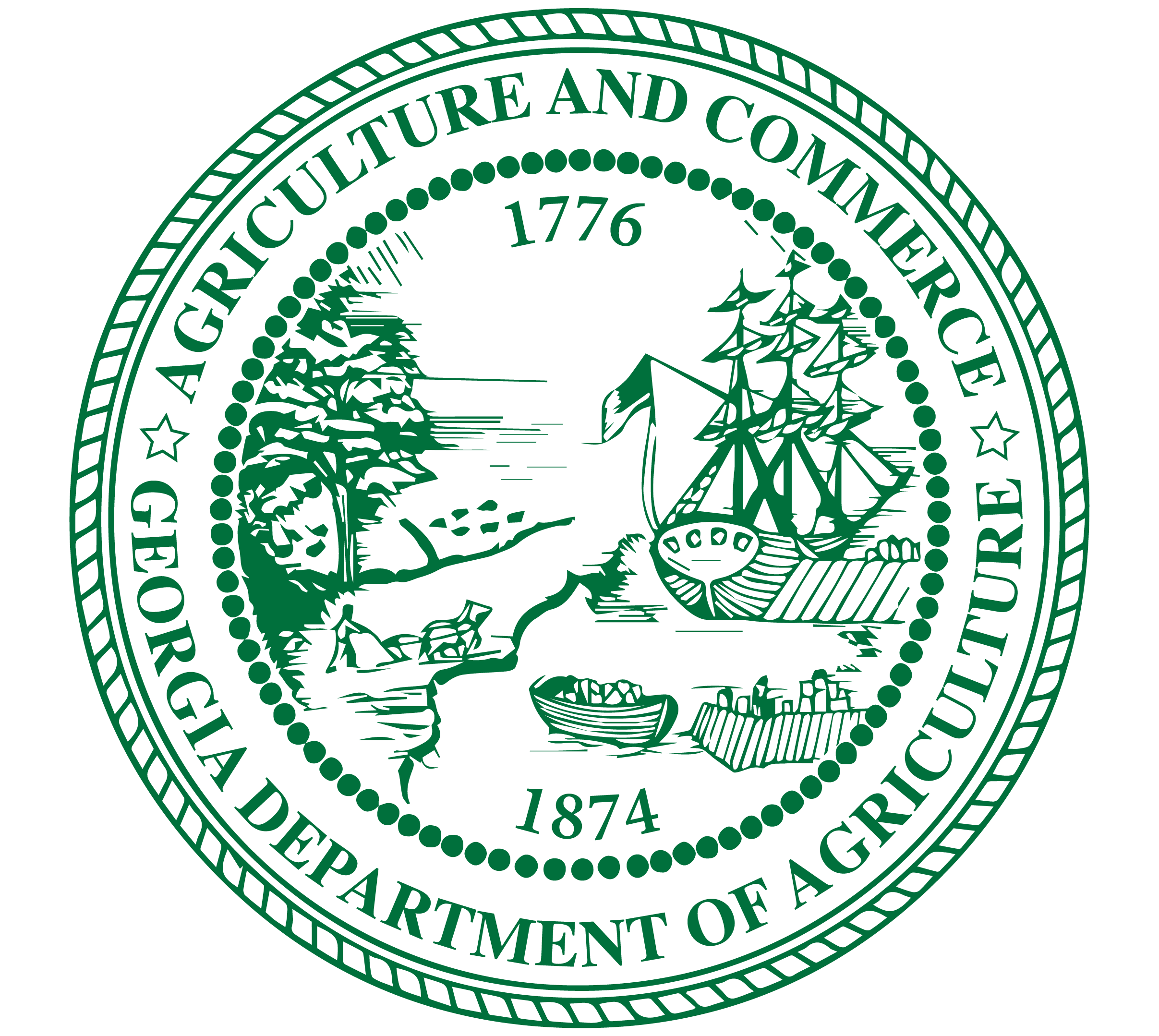In December 2019, The Washington State Department of Agriculture verified four reports of Asian giant hornet. These are the first-ever sighting in the United States. Canada had also discovered Asian giant hornet in two locations in British Columbia in the fall of 2019.
One of the concerns with the Asian giant hornet is it will attack and destroy honeybee hives. A few hornets can destroy a hive in a matter of hours. The hornets will decapitate adult bees in the hive and take the bee larvae to feed their own young.
Recently, there were multiple articles about Asian giant hornets and our department has been contacted by several concerned citizens. At this time, there have been no confirmed cases in Georgia or the Southeastern U.S. We encourage people to contact us or their local University of Georgia County Extension Office when an "unusual" insect is discovered. This information is intended to provide those concerned that an Asian Giant Hornet has been found in Georgia with some images that may indicate the insect is not this invasive pest.
There are two species of insects in Georgia that are large and often mistaken for Asian giant hornets. The European Giant Hornet (Vespa crabro) and the Cicada Killer (Sphecius speciosus). The table below contains images of each insect's abdomen. Based on coloration and band type, the insect in question may be eliminated as a suspect of being an Asian giant hornet. For more information, please visit http://ncsupdicblog.blogspot.com/2015/08/are-asian-or-japanese-giant-hornets-in.html
Asian Giant Hornet (Vespa mandarinia)
Abdomen: Has solid bands around its abdomen.
European Giant Hornet (Vespa crabro)
Abdomen Has black and yellow band of coloration around its abdomen. The black bands form distinctive shapes. Photo by Allan Smith-Pardo, USDA APHIS PPQ, Bugwood.org
Cicada Killer (Sphecius speciosus)
Abdomen Has a mostly black abdomen with yellow coloration - no bands.



Asian Giant Hornet (Vespa mandarinia)
Information: Asian giant hornets are the world's largest species of hornet. In December 2019, The Washington State Department of Agriculture received and verified four reports of Asian giant hornet. These are the first-ever sighting in the United States. Canada had also discovered Asian giant hornet in two locations in British Columbia in the fall of 2019.
Pest Status: Pest of Concern. Contact Georgia Dept. of Agriculture
Size: 1.5 to 2 inches
Websites:
https://agr.wa.gov/departments/insects-pests-and-weeds/insects/hornets
European Giant Hornet (Vespa crabro)
Information: European hornets were first reported in North America about 1840 in New York. Since then, they have spread to most of the eastern United States, reaching as far west as Louisiana and the Dakotas.
Pest Status: Non Actionable / Non Reportable
Size: 1 inch to 1 3/8 inch.Websites:
https://content.ces.ncsu.edu/european-hornets
https://extension.psu.edu/european-hornet
Cicada Killer (Sphecius speciosus)
Information: These are solitary wasps (do not have nests) and can be found in late summer, especially around sandy areas. Sphecius speciosus females hunt cicadas, paralyzing the adult with a sting.
Pest Status:None
Size: up to 1 5/8 inch.
Websites:
http://entnemdept.ufl.edu/
creatures/beneficial/cicada_killers.htm
https://entomology.ca.uky.edu/ef004


